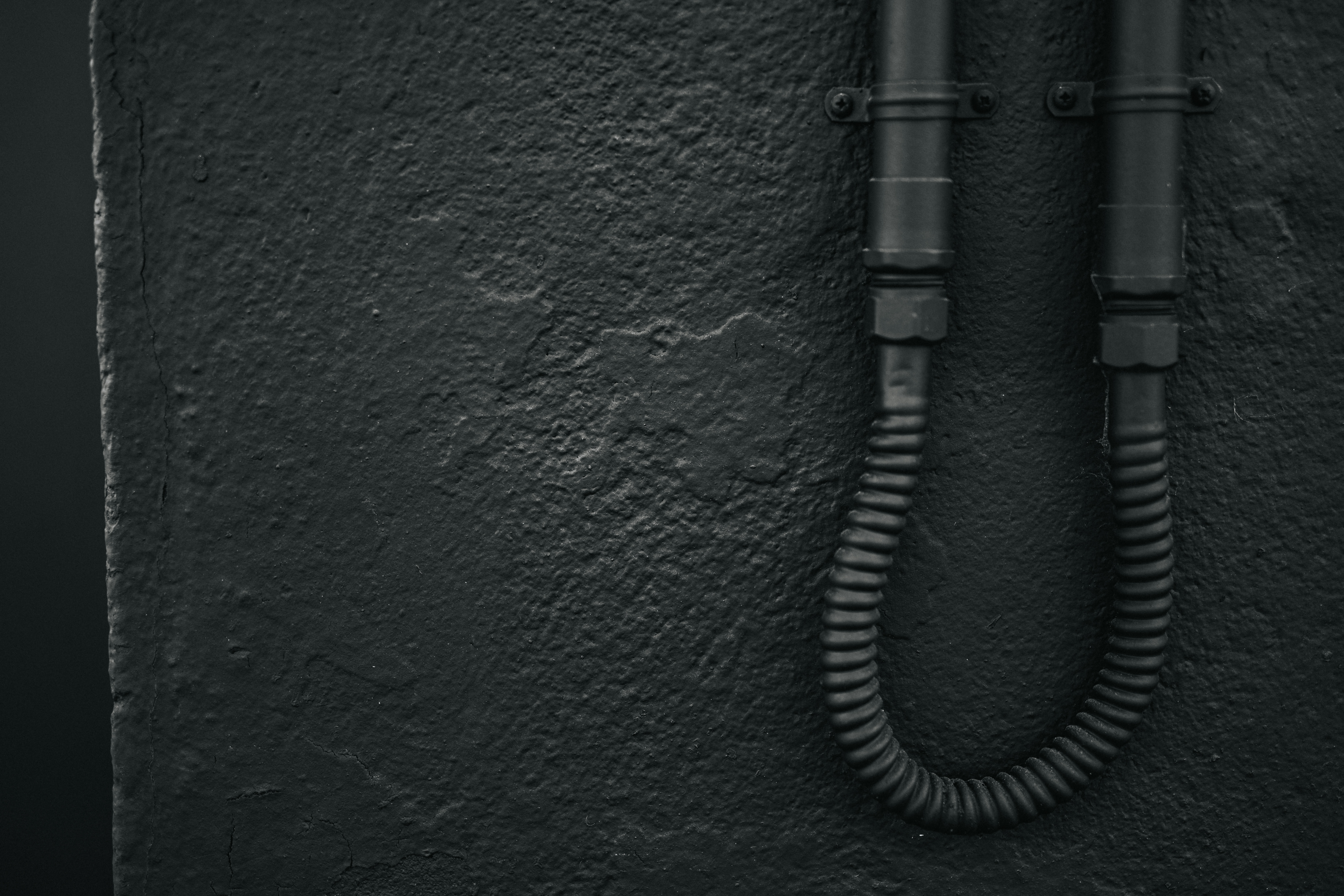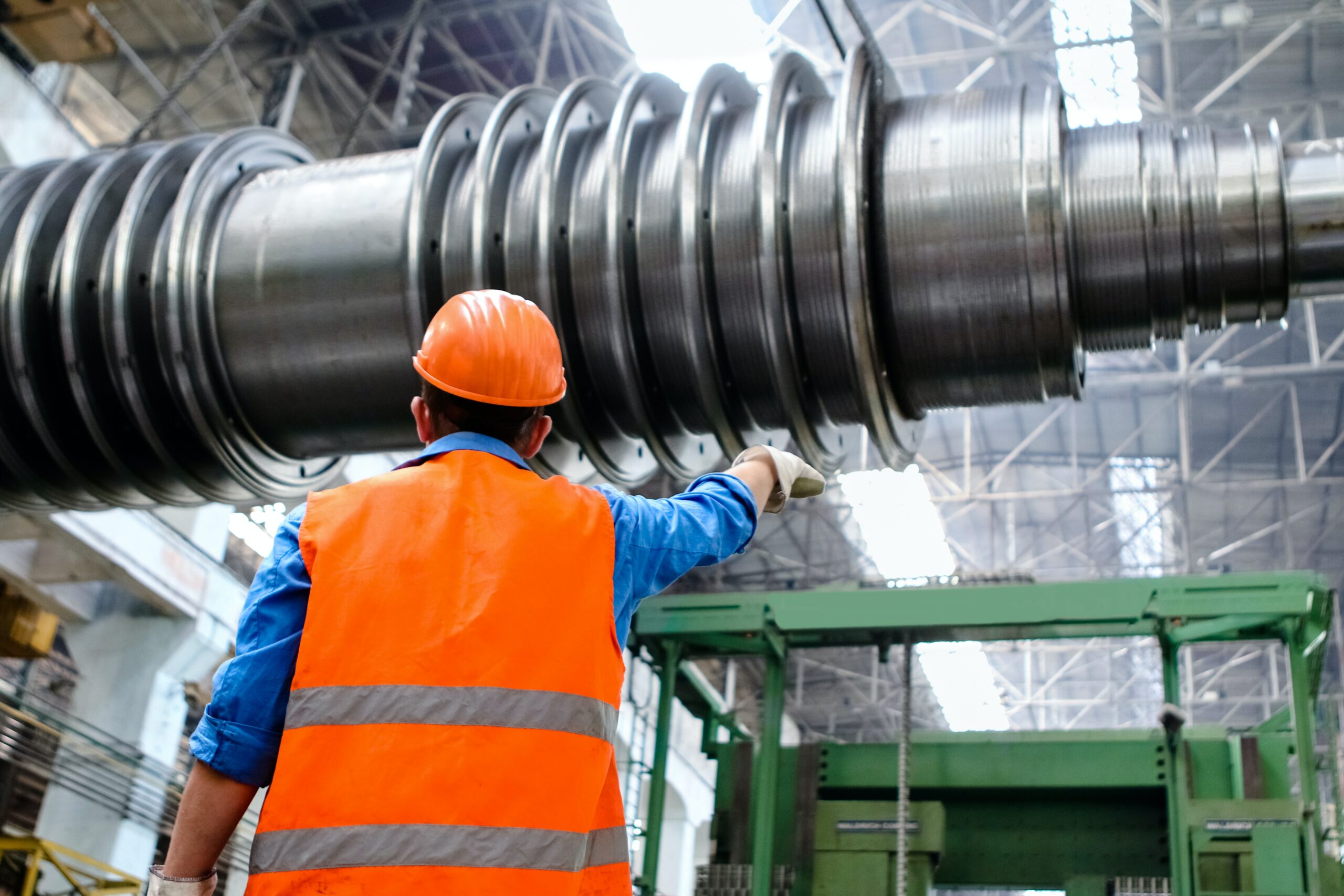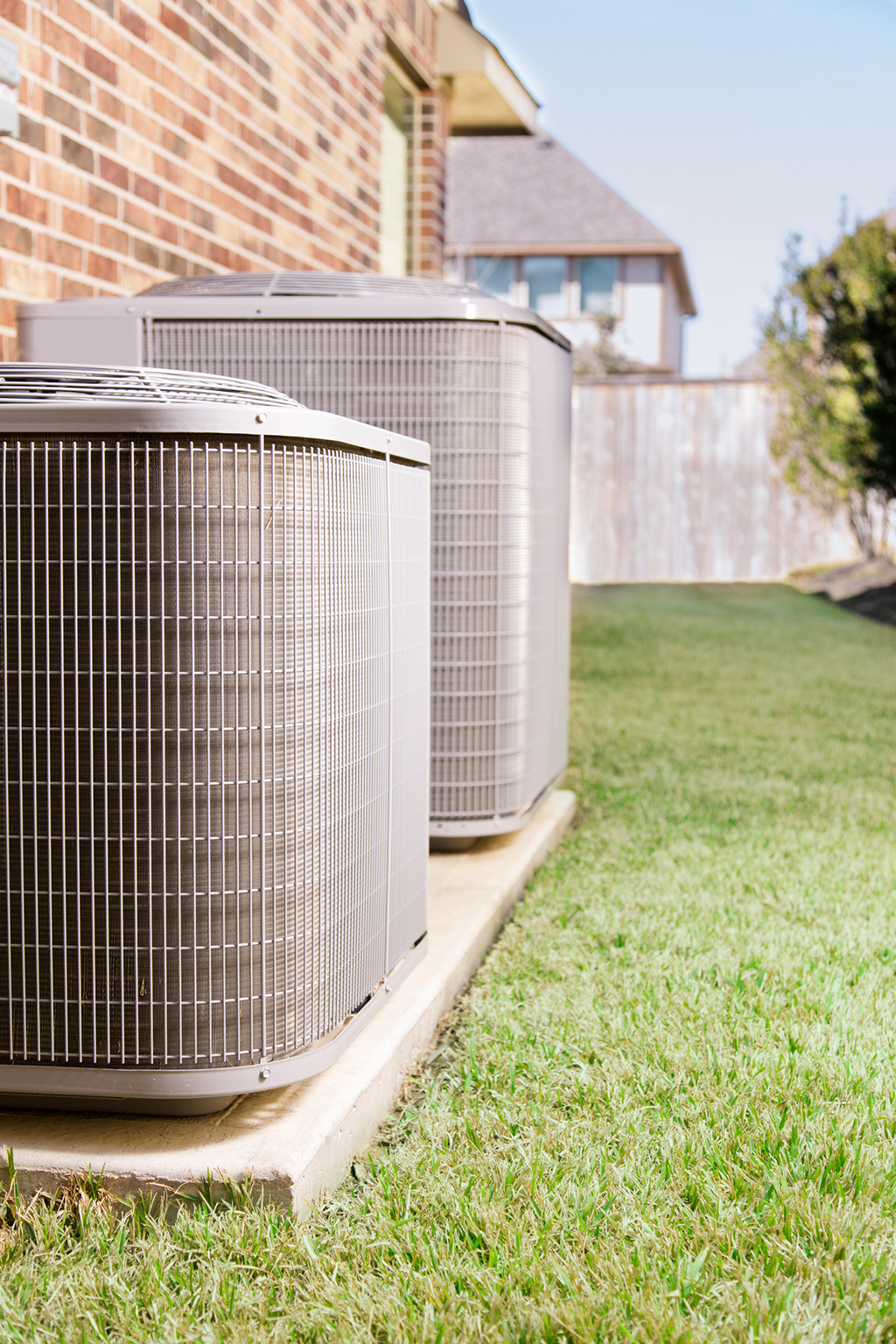Surface Condensers is the name given to exhaust steam condensers used in power plants. On the other hand, these Condensers offer a wide range of uses and have seen numerous iterations throughout the years in homes, offices, and other building spaces. Below we go over a few condenser types you may encounter or see used in HVAC systems.
Direct Contact Condensers that have direct contact:
Direct-contact condensers and indirect condensers are two distinct types of the condenser. Because of its low price and simple mechanical design, it is an attractive option. For this reason, it is only appropriate for usage in situations in which it can mix vapor and coolant. can split the operation of direct contact condensers into three categories based on their design:
A Spray Condenser is a name given to this piece of equipment. A container filled with coolant will quickly fill with vapor as the coolant evaporates as the coolant is squirted into the container. There are nozzles involved in this process. Using a simplified schematic representation can show this on the right. The design of the spray nozzles and the plates that hold the liquid droplets in the vessel is crucial.
The Jet Condenser:
Creating a vapor stream can be done by using a jet of liquid. Most people want to reduce the temperature of a vapor. A small-bore pipe and a centerline nozzle inject liquid into the vapor-carrying pipeline, respectively. For the most part, this treatment is carried out utilizing a technique known as a reverse injection.

The technique is carried out by introducing liquid into the vapor stream opposite from the vapor’s direction. The Spurge Pipe is a device used to remove waste gases from a building or facility. The spurge pipe is a tube with holes in it to inject vapor into a pool of liquid. This method allows for the condensing of vapor with the least amount of effort.
Achieving an even dispersion of tiny bubbles is not without its challenges, though. This needs the use of effective heat transfer. Direct-contact condensers are well-explained in this book by Pair. It is reasonable to presume that most of the data used in developing and manufacturing this equipment come from experimental and operational data.
Shell and Tube Condenser:
The process industry makes extensive use of shell and tube condensers, which are popular because of their small size and compact form. A distillation column uses condensing technology to condense the steam that climbs to the very top of the column.

Crossflow condenser on the shell side:
The crossflow condenser and the surface condenser can be used interchangeably in many cases. ‘ Coolant is pumped out of the machine tubes in the cooling system; the system has contained a casing for protection. The shell-side flow path design is primarily concerned with the vapor’s crossflow direction to the tubes. Crossflow condensers are commonly used in low-pressure applications, as indicated by their name.
As a result, receiving this honor should come as no surprise to anyone. The term “crossflow condenser,” a contraction of the phrases “crossflow” and “condenser,” is sometimes used to describe this type of condenser. When a large volume of vapor is given simultaneously, the problem becomes more severe due to the significant pressure drop experienced by the system.

At regular intervals, plates support the tubes and help reduce sagging and vibration. It pierces the top of the shell. Using many nozzles reduces pressure loss, and airflow is more uniformly distributed throughout the system. It is necessary to vent the crossflow condenser to minimize overheating properly.
What is this condenser, a shell-and-tube condenser? In addition to baffled shell and tube heat exchangers, these heat exchangers also feature shell-side condensation. The process industry’s most common condenser design is this one. The most typical method of installation is horizontal.
A traditional TEMA E-type shell-side condenser’s outlet end receives the vapor from the inlet end. It is necessary to remove any uncondensed liquid or gas that has not been adequately packed, as well as any vapor that has not been correctly packaged.
For all your HVAC installation and home projects we are here to help. We cover all of the state of Maryland, DC, and Virginia. Get access to affordable and qualified local expert HVAC specialists at 301-756-1179. Get a free estimate of your project needs by using any of our quote forms on the front and other site pages.

